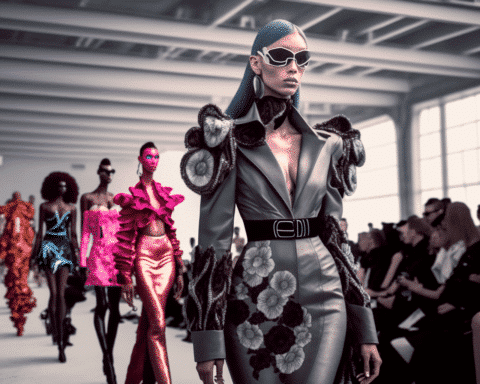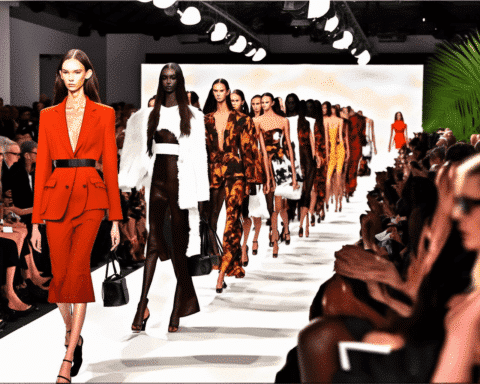In the bustling heart of mid-century New York, amidst the concrete canyons and the rhythmic chaos of urban life, Saul Leiter discovered a canvas vibrant with life, color, and the poetry of the mundane. His unique vision, encapsulated within the exhibition “Saul Leiter: An Unfinished Word” at MK Gallery in Milton Keynes, England, unveils a world where umbrellas — pink, red, yellow — are not mere tools against the rain but are beacons of color against muted backdrops. Leiter’s photographs, a riot of color amidst the smoky greys of Manhattan, challenge our perceptions and invite us to see the city anew.
Saul Leiter, who passed away in 2013, emerged as a seminal figure in the world of photography, renowned for his pioneering use of color film at a time when black and white dominated the field. He captured New York abstractly and authentically, focusing on the moments of beauty in the everyday. Leiter’s work — filled with the blurred motions of taxis, the soft focus of rain-smeared windows, and the intimate gestures of city dwellers — speaks of a world rich in detail and emotion. “A window covered in raindrops interests me more than a photograph of a famous person,” Leiter remarked, encapsulating his fascination with the ordinary made extraordinary.
Born into a world far removed from the artistic circles of New York, Leiter was expected to follow in the footsteps of his Rabbi father. Yet, the call of art was too strong, and at 23, Leiter made the pivotal journey to New York, where he would carve a path as both a photographer and a painter. His early work in fashion photography provided a means of sustenance, yet his projects — his exploration of the streets and faces of New York — would cement his legacy.
The curator of the MK Gallery exhibition, Anne Morin, describes Leiter not just as a photographer or a painter but as a poet. Indeed, Leiter’s approach to photography was akin to the literary experiments of his contemporaries, seeking beauty in the fleeting and the overlooked. The exhibition does not simply trace Leiter’s career chronologically. Still, it immerses visitors in his philosophy, revealing a world where every raindrop, every shadow, and every burst of color is a note in a larger symphony of urban life.
Despite his significant contributions to art and photography, Leiter maintained a distance from fame, focusing instead on the relentless pursuit of his artistic vision. “I have succeeded in not being famous,” he once observed, a testament to his dedication to his craft over the quest for recognition. His work, mainly the vibrant color photographs of New York’s streets, is a testament to his unique eye, which saw beyond the immediate to the magic lurking in the mundane.
Ultimately, Saul Leiter’s New York is not just a city of towering skyscrapers and bustling crowds but a landscape of color, emotion, and serendipitous beauty. Through his lens, we are reminded of the power of art to transform the everyday into the extraordinary and the importance of looking beyond the surface to find the poetry surrounding us. Much like the exhibition celebrating his life and work, Leiter’s legacy is an invitation to view the world with wonder, curiosity, and a deep appreciation for the beauty of the unfinished word.




